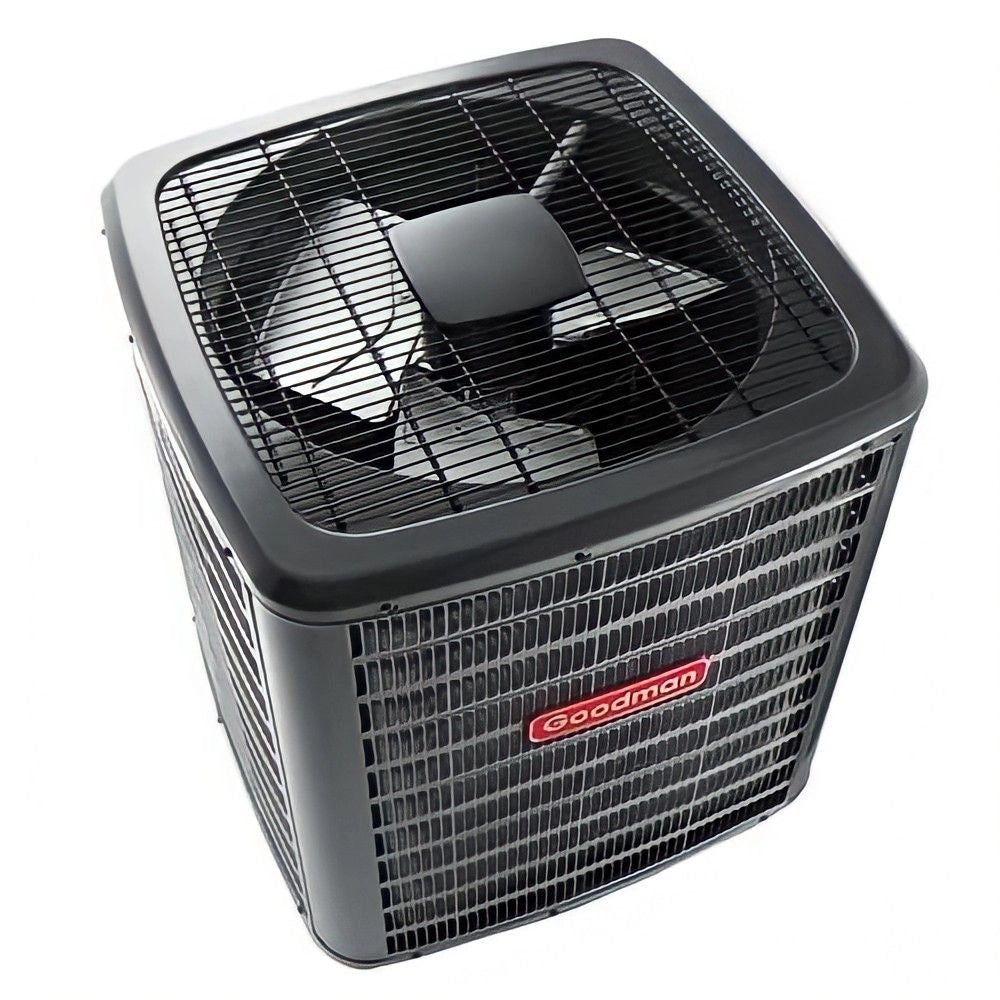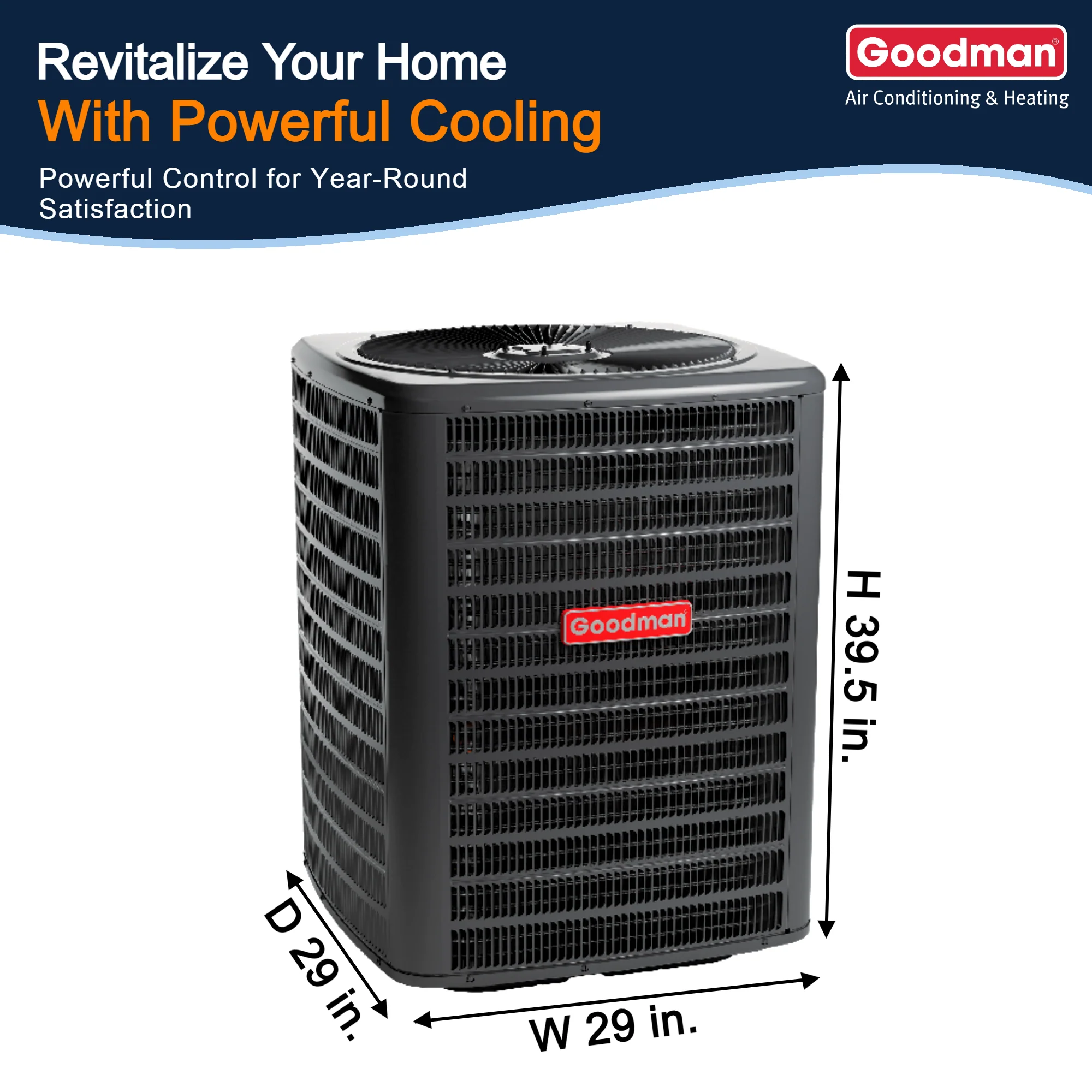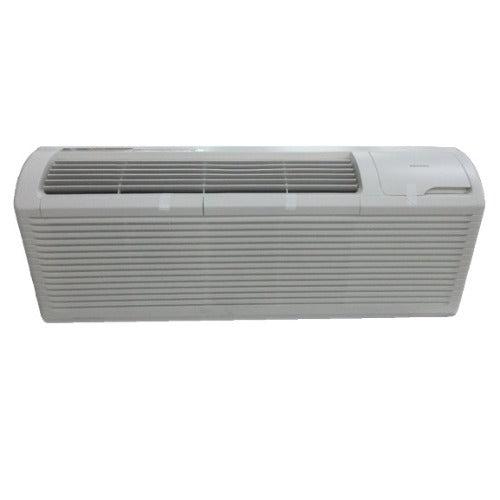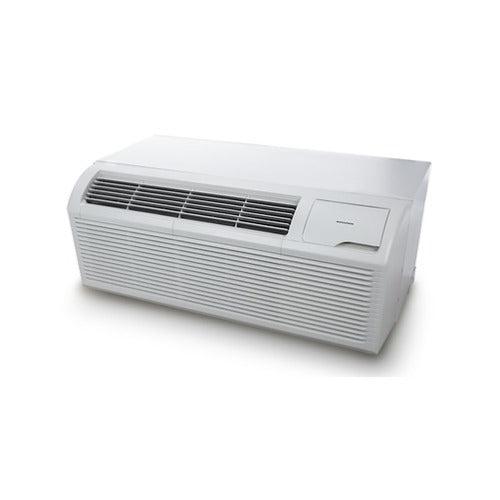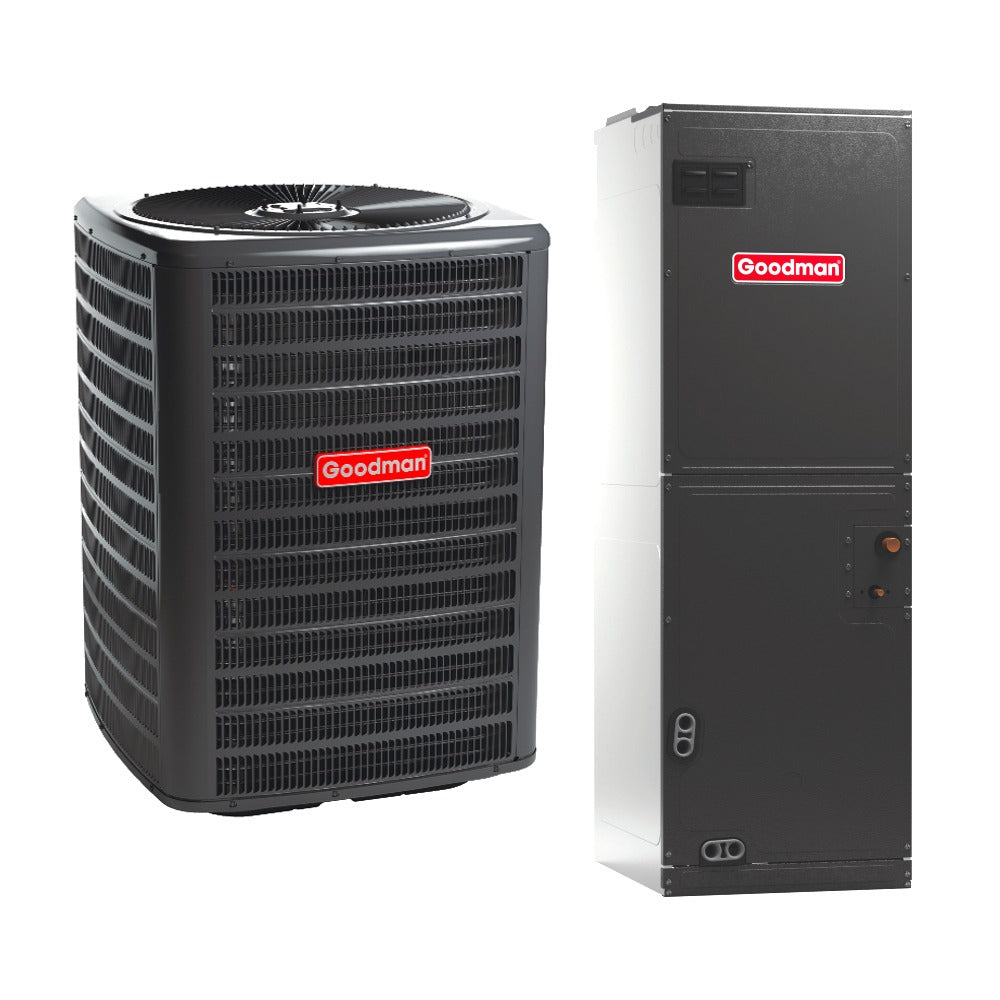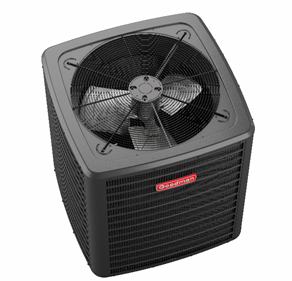R-32 vs. R-410A: Is It Worth the Upgrade for Landlords and Property Managers?
If you’re managing properties or rentals, you’re constantly juggling performance, reliability, and cost. And when it comes to HVAC systems, the refrigerant inside your air conditioner can quietly make or break your long-term return on investment.
So let’s cut through the fluff and talk R-32 vs. R-410A—what it means for you as a landlord or property manager, and whether upgrading to R-32 makes financial and operational sense.
Quick Refresher: What’s the Difference?
-
R-410A has been the go-to refrigerant in U.S. residential systems since the phaseout of R-22. It's non-flammable, high-pressure, and pretty efficient… but it has a high Global Warming Potential (GWP) of 2,088.
-
R-32, on the other hand, is a next-generation refrigerant with about one-third the GWP (675), better heat transfer efficiency, and a more sustainable profile. It’s classified as A2L—mildly flammable—but when installed correctly, it’s just as safe as R-410A.
Still, switching isn’t just about what’s in the lines—it affects equipment choices, training, and cost.
Performance and Energy Efficiency
In real-world applications, R-32 has a slight edge in cooling efficiency. It transfers heat more effectively than R-410A, which means systems using it can achieve better SEER2 ratings with fewer emissions.
According to Daikin Global, R-32 systems can deliver the same capacity with up to 10% less refrigerant charge than R-410A. That’s less refrigerant to buy, handle, and eventually recover.
For multi-unit buildings or apartment complexes, this can translate to lower operational costs and better performance on high-demand days.
Maintenance and Serviceability
Let me be clear—R-32 is easier to recycle and reclaim than blended refrigerants like R-410A. With R-410A, if you get a leak, the refrigerant blend becomes unstable. That means a total recharge. But R-32 is a single-component refrigerant, which allows for partial topping off (if your installer knows what they’re doing).
And since it’s lower viscosity, it flows through the system more smoothly, which helps with compressor reliability over time.
Now here’s where it gets interesting: techs need special tools to service R-32, including spark-proof leak detectors and proper recovery tanks. If you manage multiple properties, you’ll want to confirm your contractor is A2L-certified and properly equipped. Learn more from the Air Conditioning Contractors of America (ACCA).
Tenant Safety and Building Compliance
I’ve heard the concern: “But isn’t R-32 flammable?”
Technically yes—it’s mildly flammable. But don’t let that scare you off. The industry classifies it as A2L, which means low burning velocity and a high ignition threshold. In other words, you’d need very specific (and rare) conditions to cause combustion.
The U.S. Environmental Protection Agency (EPA) has approved R-32 for use in residential systems under its SNAP program, and UL 60335-2-40 guidelines provide safeguards for design and installation. If your installer follows code, you're solid.
In terms of liability, going with a certified HVAC pro who knows how to install and service R-32 puts you on the right side of both insurance and building code compliance.
Long-Term Cost Considerations
Let’s talk money—because I know that’s top of mind for most property owners.
Here’s how R-32 stacks up:
-
Initial Equipment Cost: Comparable to R-410A systems, sometimes slightly cheaper due to lower charge requirements.
-
Operational Efficiency: Slightly better efficiency can mean lower utility bills.
-
Maintenance: Less refrigerant needed, better recyclability, and simpler servicing (if done by a trained tech).
-
Future-Proofing: R-410A is being phased out. By 2025, the U.S. will enforce tighter GWP limits on refrigerants. R-32 keeps you ahead of the curve.
Plus, systems using R-32 often qualify for utility rebates and tax credits. Check out the Database of State Incentives for Renewables & Efficiency (DSIRE) for rebates specific to your zip code.
Tony’s Bottom Line
If you’re planning HVAC upgrades for rental units, vacation homes, or multi-family properties, R-32 gives you a solid edge in efficiency, compliance, and future-proofing.
Sure, you’ll want to make sure your HVAC partner is properly trained and has the right tools—but once that’s in place, the switch from R-410A is a no-brainer.
This isn’t about hype—it’s about smart, forward-thinking building management.


